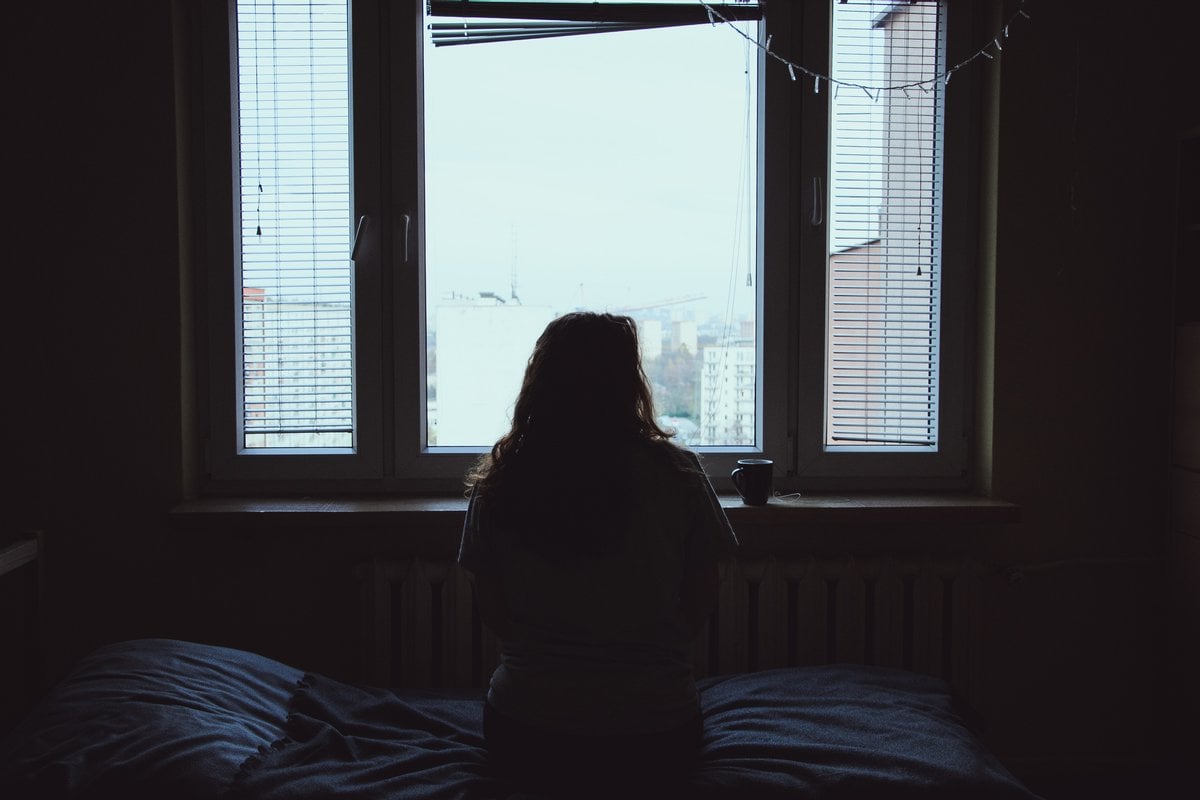
This post discusses domestic abuse and suicidal thoughts. It might be triggering for some readers.
During a moment of vulnerability, I found myself reaching out to a helpline for women who were trying to remove themselves from domestic abuse and violence.
It wasn’t until I was told by the receiver that, “this sounds more like a relationship problem with you then abuse” that I realised the services in Australia designed to give women the strength, support and advice to remove themselves from oppressing relationships can often be just as suppressing as the situation you fled from.
My story is like thousands of others who have suffered domestic violence, but my story of navigating through the aftermath has just begun, and although there are many stories and experiences shared about the trauma of being in an abusive relationship, my focus has turned towards the systematic trauma women go through after leaving.
As a woman leaving an abusive relationship, let me tell you, without the visible bruises it’s a shameful experience trying to explain to services that you have suffered abuse.
I often found that during these moments, many services and individuals were unsure whether my experience could be labelled as abusive or violent.
Granted, I had others who sympathised, but that was quickly followed by procedures and pathways that left my situation not deemed “high risk” enough and left me with dead ends and barriers.

Top Comments